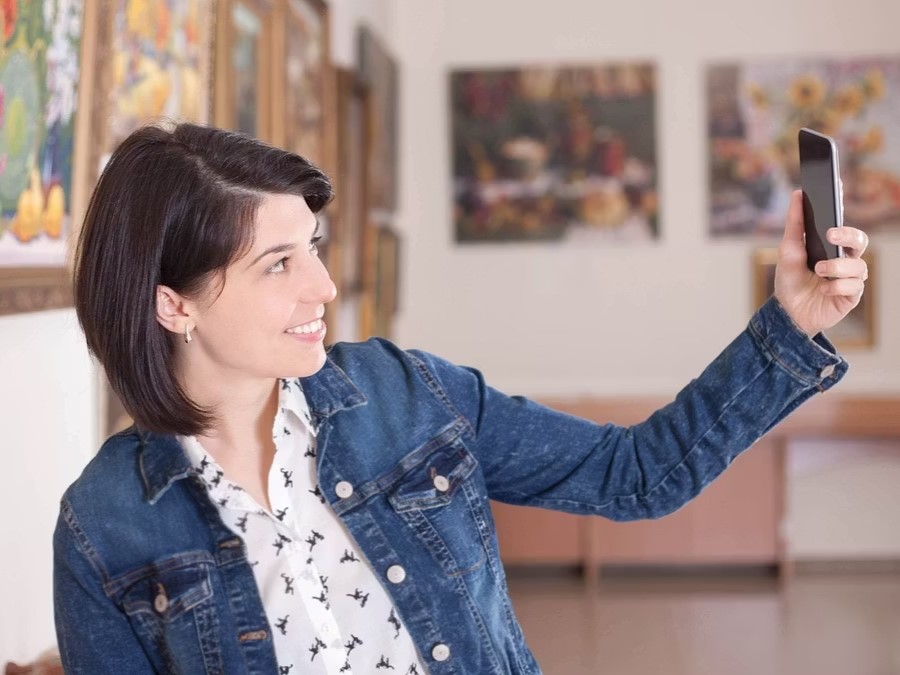In response to a growing number of accidental damages to artworks, Italian museums are promoting a new set of guidelines for visitors. The initiative comes after several high-profile incidents, including a tourist who damaged a centuries-old painting in Florence’s Uffizi Gallery while trying to take a selfie, and another who broke a contemporary artwork in Verona by mistaking it for a chair. With over 60 million museum visits recorded in 2024—and more expected this summer—Italian cultural institutions are taking action.
The new initiative is called the Museum Etiquette, created in collaboration with Libreriamo, a digital platform focused on cultural awareness. It's not a strict rulebook, but rather an 11-point guide meant to gently remind visitors how to behave respectfully in galleries. The goal is to encourage mindfulness and reduce distractions that could put priceless works of art at risk.
Some of the main suggestions include avoiding large backpacks, speaking softly or staying silent, and not eating or drinking inside museum halls. Visitors are also reminded to turn phones to silent mode, avoid using flash photography, and never touch or lean on artworks. Taking photos is allowed in moderation, but selfie sticks are strongly discouraged, as they pose both physical and visual risks. Another key point: respect others by not blocking views or crowding around popular exhibits.
The campaign was launched after museum professionals voiced concerns about the growing trend of treating cultural spaces as backdrops for social media. Simone Verde, director of the Uffizi, noted that some visitors behave more like influencers than art lovers, while Marina Pugliese from MUDEC warned that overtourism mixed with smartphone addiction creates an “explosive combination.”
This museum etiquette guide aims to shift the mindset of visitors—from consuming content to appreciating culture. Rather than banning behaviors outright, it uses gentle reminders to promote thoughtful interaction with art and with other guests.
The initiative has been well received and could serve as a model for other countries dealing with similar problems. As more people flood into museums, especially during peak tourist seasons, the need for a shared sense of responsibility grows. Ultimately, the guide is a call to slow down, pay attention, and preserve the beauty that museums are meant to showcase—for everyone, now and in the future.











